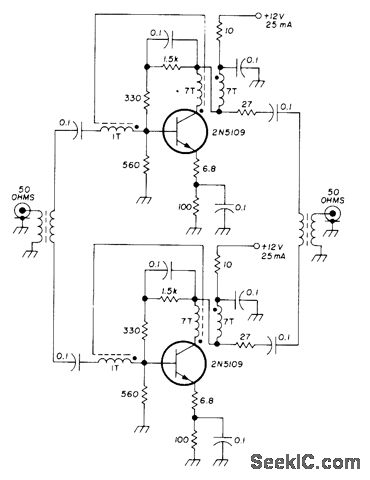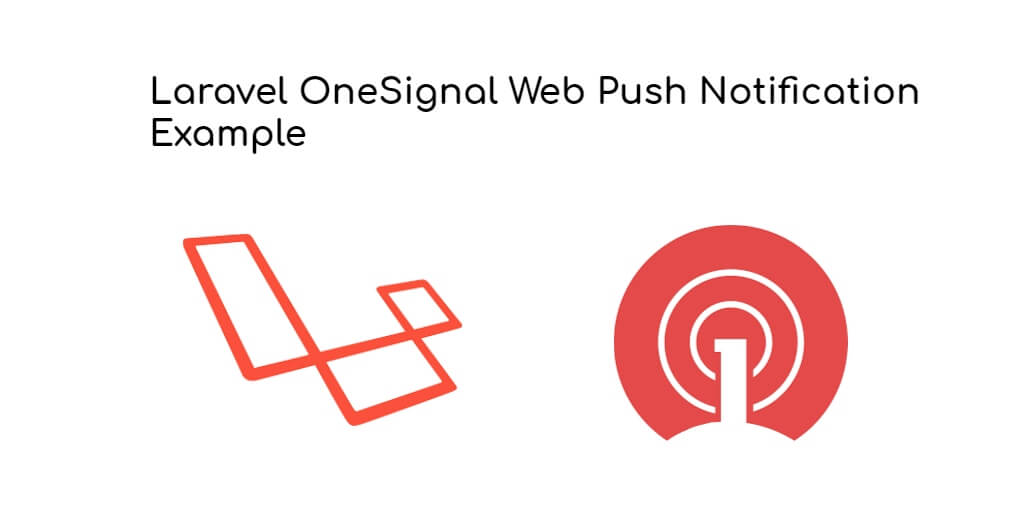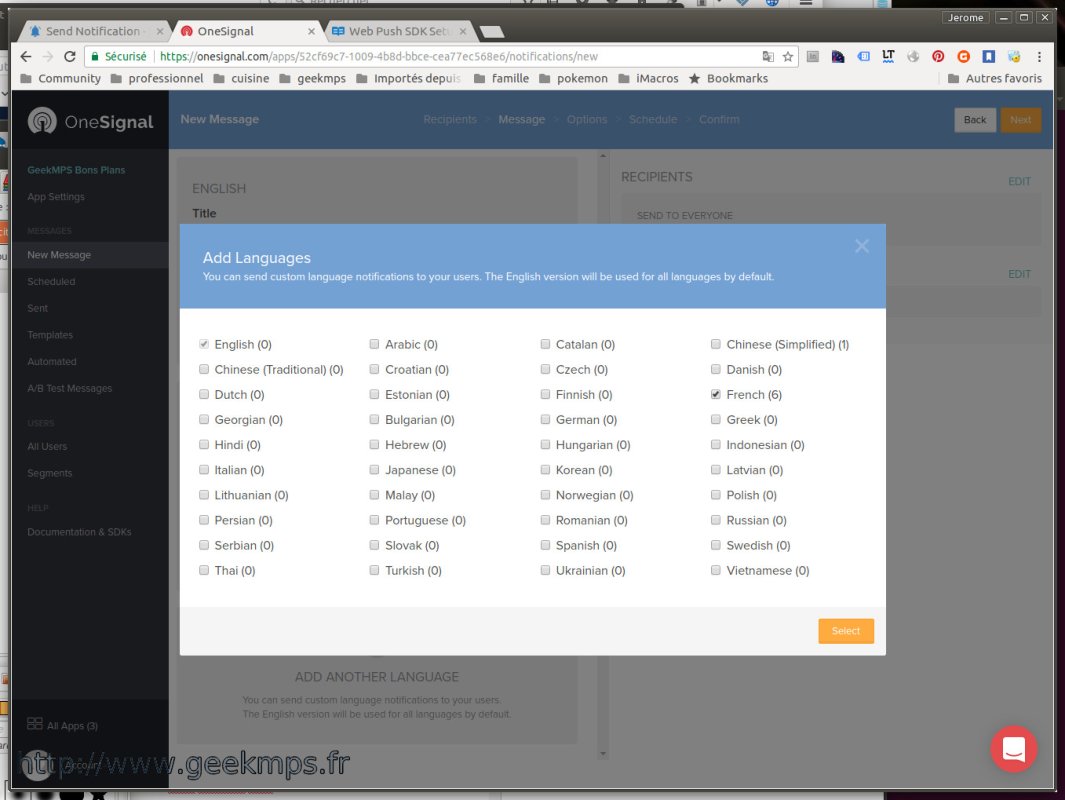

- ONE SIGNAL WEB PUSH HOW TO
- ONE SIGNAL WEB PUSH ANDROID
- ONE SIGNAL WEB PUSH CODE
- ONE SIGNAL WEB PUSH FREE
You can see I have used IContentService and IUmbracoContextFactory in constructor. Public PushNotificationComponent(ILogger logger, IContentService contentService, IUmbracoContextFactory umbracoContext) Private readonly IUmbracoContextFactory _umbracoContext Private readonly IContentService _contentService public class PushNotificationComponent: IComponent Here I have created a class file that inherits IComponent to subscribe Published event inside a Component.
ONE SIGNAL WEB PUSH CODE
So now let’s discuss about the code that push Umbarco content to OneSignal. Rest 3 settings OneSignal:appId, OneSignal:apiKey and OneSignal:restUrl holds APP Id, API key and REST API URL of OneSignal PushNotificationTitleProperty property's value will be use as title of the push notification where as PushNotificationContentProperty property's value will be use as body content of the push notification. You can add your document type alias with the separation of comma. PushNotificationAllowedTypes controls which type of content nodes will be use to send push notification. After notification sent, this property is set to false automatically to stop notification being sent again for same content node. If this is set to false then notification is sent when property Send Push Notification (alias: sendPushNotification) is set to true. If value is set to true then notification sent each time when content is published. PushNotificationOnPublish controls the behavior of pushing content from Umbraco to OneSignal. I will be describing about publish event code a bit later but first let’s look into the important settings that has to add in web.config file's appSettings section. Pushing data from Umbraco to OneSignal is done by subscribing Published event. That snippet has to place inside the tag.Īfter completing above steps, when you browse your site you will asked for notification permission. Those SDK files should be accessible publicly.Īt the end of the configuration steps in OneSignal, you will get code snippets that you have to include in your website. Unzip the SDK files and upload the SDK files ( OneSignalSDKWorker.js and OneSignalSDKUpdaterWorker.js) to the root directory of your site.
ONE SIGNAL WEB PUSH HOW TO
Details about how to configure an application can be found here.īefore we start coding there are 2 things you need to consider which is required to enable OneSignal in your site. You can give your site name, URL of your website or app details, configure the notification styling in configuration section. You can find more details about creating an application here.

Each app comes with unique app id and REST API key which is needed for subscription and send notifications. Just fill up the required detail or use any external methods then you are all set to go.Īfter completing registration, first thing you need to consider is to add application from dashboard.
ONE SIGNAL WEB PUSH FREE
OneSignal free account can be create from their signup page. A/B testing and real-time reporting dashboard are another key features included in their free plan. Number of push notifications can be sent in free plan is unlimited. Another reason is it's free plan that includes 30K web subscribers and unlimited subscribes in mobile. Availability of REST API and well explained documentation also makes easier to implement.

It's available for websites and mobile applications which supports all major native and mobile platforms. I found OneSignal is easy to use in terms of setup and development. Today I am going to share how I have done web push notification using OneSignal with Umbraco. This can be even defined as a micro marketing method also. Popularity of push notification as a communication channel is growing every day. Be it social media promotion, be it email newsletter, push notification or any other channels that fits your requirements, the goal is to keep updating your consumers about what's going around your website or app. If you want to keep your consumer engaged with your website or app and never want to let them to miss new updates then first thing that hits your mind is sending notifications. Still Enjoying, Exploring and Coding With Umbraco
ONE SIGNAL WEB PUSH ANDROID
This is the OneSignal code I have added to my Android Studio package the Christmas of 2009 I had asked myself, is it worth it to hang with Umbraco where there is no users at all? Now it's Christmas of 2019 With Small Umbraco Community. It has no errors, yet external_user_id is still not updated. tExternalUserId(externalUserId) īut somehow, the external_user_id field is still set to empty. I'm trying to add a custom external_user_id into the same one signal DB field using below code (as per OneSignal docs): I noticed that OneSignal is creating a unique player_id and adding a column in its database when my web app is loaded for the first time by any user.


 0 kommentar(er)
0 kommentar(er)
